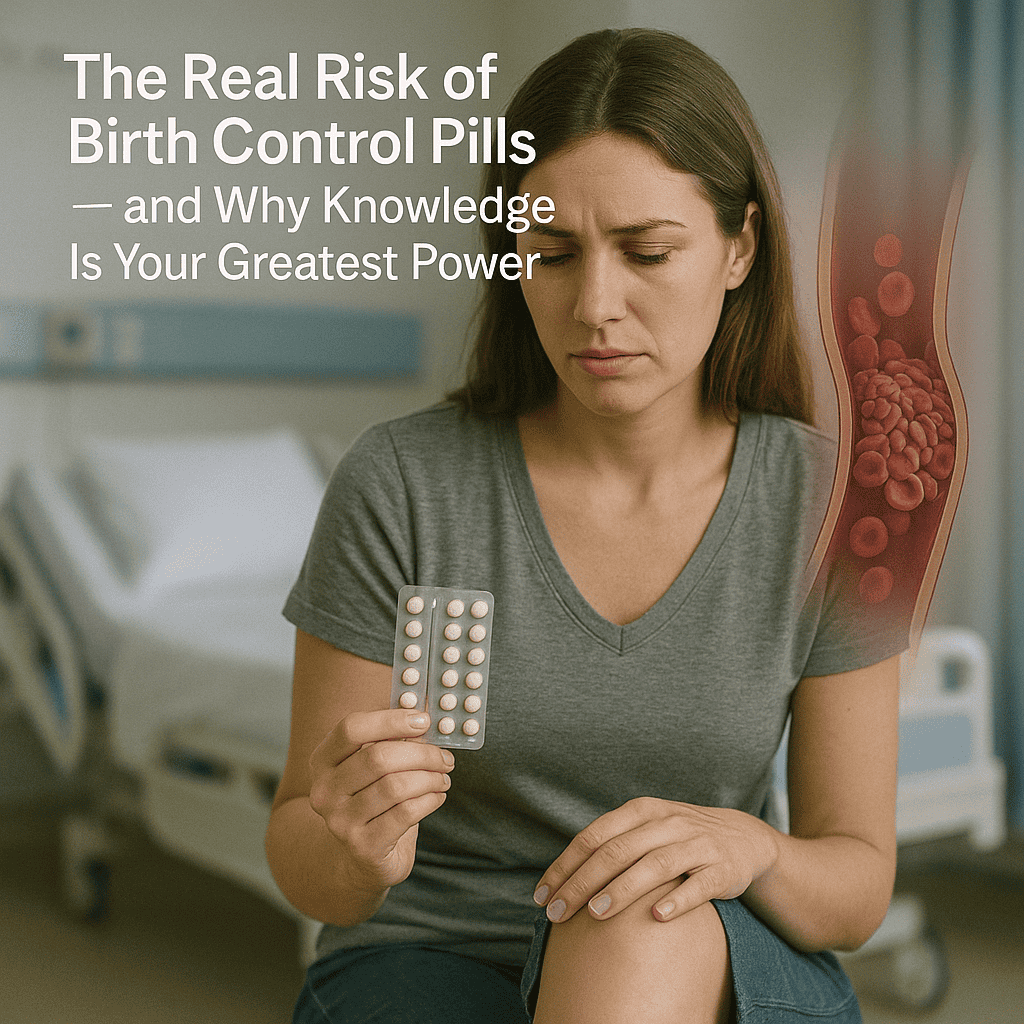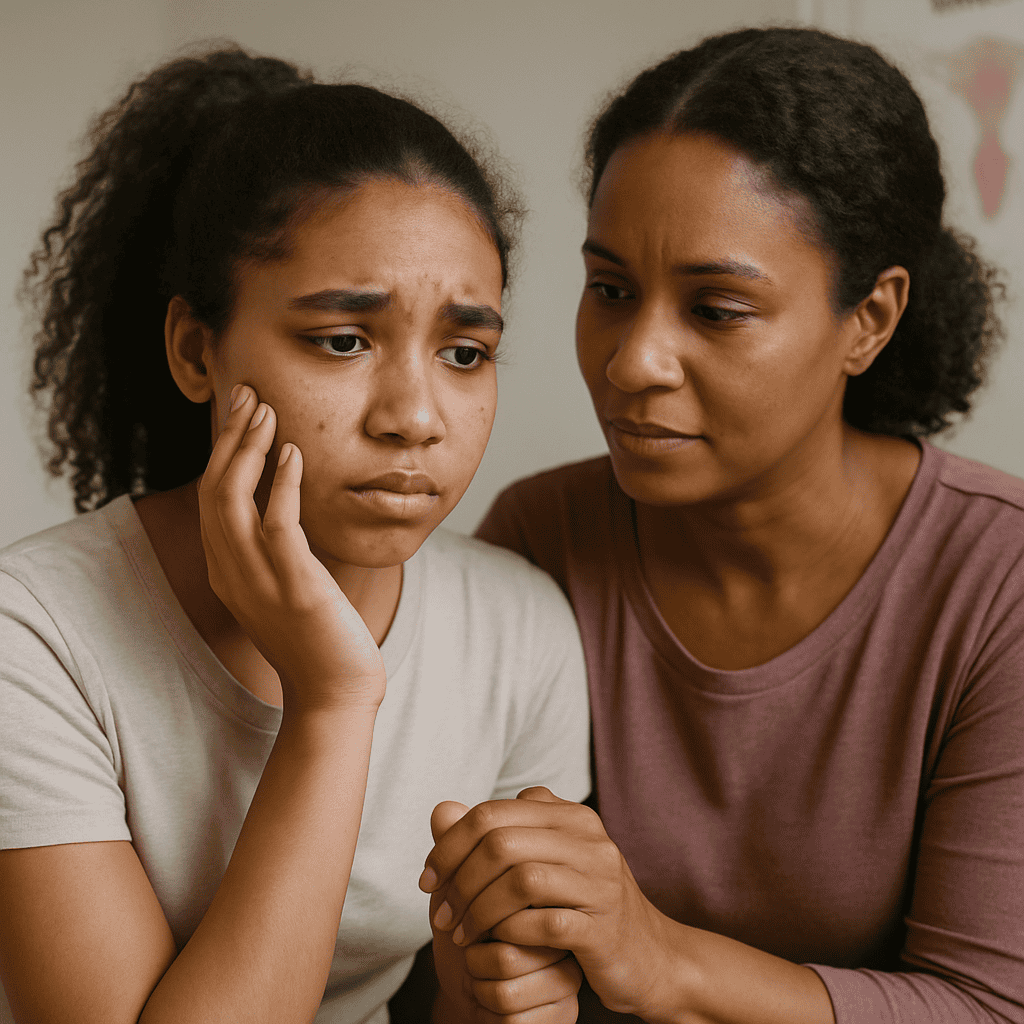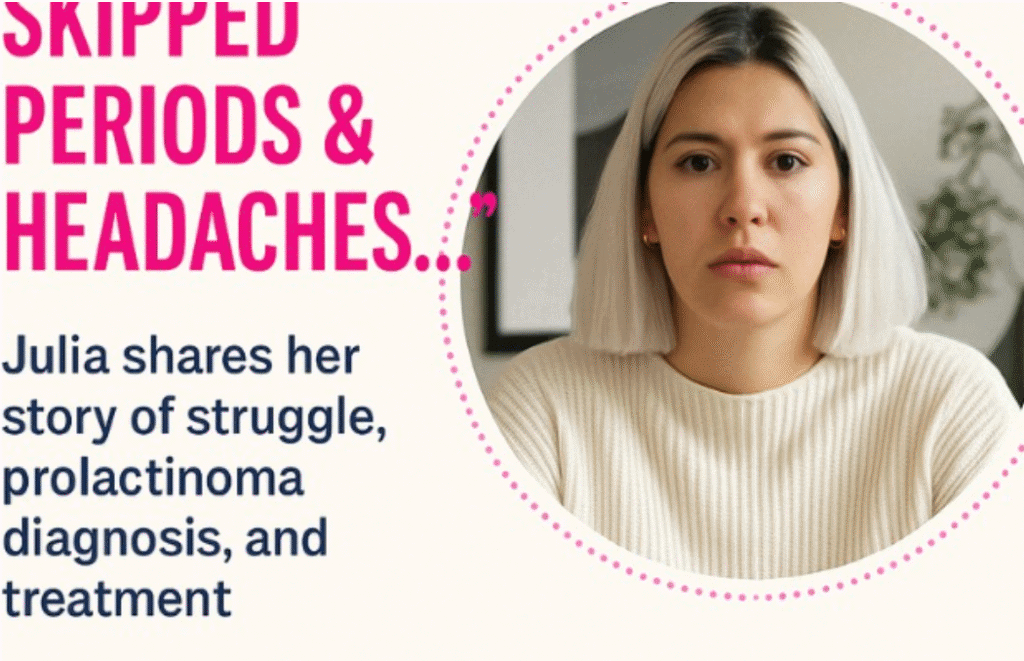
Birth Control Pill Risks:
Choosing to use birth control is not just a medical decision. It’s a choice wrapped in hope, freedom, dreams — and sometimes, fear.
For millions of women around the world, the pill represents more than just hormonal regulation. It symbolizes the right to choose, to plan, to protect their health and their futures. But like every medical decision, it comes with questions — real questions — about risks and safety.
This is a story about understanding the full picture — and choosing empowerment over fear.
Anna’s Story: A Scare That Taught Her Strength
Anna was 27, working her dream job, planning to travel, and living her life boldly. She had been on birth control pills for almost seven years, without any problems.
Then one afternoon, after feeling an unusual tightness in her calf, she decided — almost on instinct — to visit the emergency room. After some tests, the doctors found a small deep vein thrombosis (DVT) — a blood clot in her leg.
Anna was terrified.
Was it the pills? Had she ignored the dangers? Panic set in — followed by guilt, shame, and doubt.
But what her doctors explained next changed everything she thought she knew.
Understanding the Birth Control Pill Risks
Yes — using combined oral contraceptives slightly increases the risk of blood clots. The baseline risk of developing a blood clot in a healthy woman not using hormonal contraceptives is about 2 per 10,000 women per year. With oral contraceptives, the risk rises to about 6–12 per 10,000 women per year — depending on the formulation.
However — and this is crucial — pregnancy increases that risk far more, up to 29 per 10,000 pregnancies.
In other words, **the risk of blood clots during pregnancy is significantly higher than the risk from taking birth control pills.** And uncontrolled, unintended pregnancies can expose women to far greater health dangers than contraceptive use ever could.
Benefits Beyond Pregnancy Prevention
Hormonal contraceptives offer a wide range of important benefits beyond avoiding pregnancy:
- Regulation of menstrual cycles
- Reduction of menstrual cramps and heavy bleeding
- Clearer skin by reducing acne
- Protection against ovarian and endometrial cancers
- Reduction in risk of benign breast disease and anemia
- Management of endometriosis symptoms
- Reduction in the risk of pelvic inflammatory disease
For many women like Anna, these health benefits are life-changing — improving daily well-being and long-term health outcomes.
The Real Birth Control Pill Risks to Know About
Of course, no medication is without risks. Some of the potential concerns with long-term use of oral contraceptives include:
- Blood Clots (Deep Vein Thrombosis, Pulmonary Embolism): Small increase compared to baseline, but still important to monitor, especially in smokers or women with genetic clotting disorders.
- Hypertension: In rare cases, oral contraceptives may raise blood pressure.
- Cervical Cancer: Some studies suggest a slight increase in cervical cancer risk with very long-term use (more than 5–10 years).
- Breast Cancer: Very slight increase in risk, though controversial — and the risk returns to baseline within 10 years of stopping.
- Bone Density: In adolescents using certain types of progestin-only contraception, reduced bone mineral density can be a concern, but this is usually not associated with standard combined pills.
Anna’s Recovery — and Her Empowered Decision
Anna was treated with anticoagulant medication for several months. She recovered fully, without complications.
After careful evaluation, her doctors concluded that her thrombosis risk was partly related to a minor genetic clotting mutation — something she had never known. They recommended switching to a non-hormonal IUD for contraception.
Anna didn’t stop planning her life. She didn’t stop living boldly. She just made a new, informed decision — with even more respect for her body and its needs.
And most importantly, she learned: **Knowledge isn’t scary. Ignorance is.** Being educated about your options makes you stronger, not weaker.
How to Minimize Birth Control Pill Risks
If you are considering or already using oral contraceptives, here are some important steps to protect your health:
- Medical Evaluation: Discuss your personal and family history of blood clots, cancer, hypertension, and migraines with aura before starting.
- Stop Smoking: Especially if over 35 years old. Smoking + pills = higher clotting risk.
- Monitor Blood Pressure: Regularly check your blood pressure while using contraceptives.
- Recognize Symptoms: If you notice signs like leg swelling, shortness of breath, chest pain, or sudden severe headaches, seek immediate medical care.
- Review Periodically: Reassess your contraceptive choice every few years based on age, lifestyle changes, and new health issues.
Birth Control Pill Risks: Remember the Perspective
Pregnancy itself carries health risks — higher than those associated with contraceptive use. And unplanned pregnancies can have profound emotional, physical, and economic impacts.
For the vast majority of healthy women, **the benefits of using contraceptives outweigh the risks**, especially when carefully prescribed and monitored.
Birth Control Pill Risks: Your Body, Your Choice, With Information
Birth control is not just a tool to prevent pregnancy. It’s a tool of empowerment. Of autonomy. Of health protection. Choosing it wisely, knowing the facts — not the myths — makes you stronger.
No woman should ever be forced to live in fear because she chooses to protect her body and her dreams.
Anna’s Final Message
“When I first learned about my blood clot, I thought I had made a terrible mistake. But when I truly understood the risks — and compared them to the risks of an unplanned pregnancy — I realized I had made the best decision for my life at that time. Now I know: Being informed is what protects us. Don’t let fear steal your choices. Knowledge is your greatest power.”
If you want to Know more about Birth Control Pill Risks:
▶️ Listen to More Stories on VitaFemme Podcast
References
- Curtis, K. M., et al. U.S. medical eligibility criteria for contraceptive use. MMWR Recommendations and Reports, 2016; 65(3):1–104.
https://www.cdc.gov/mmwr/volumes/65/rr/rr6503a1.htm
- Morch, L. S., et al. Contemporary hormonal contraception and breast cancer risk. New England Journal of Medicine, 2017; 377(23):2228–2239.
https://doi.org/10.1056/NEJMoa1700732
- Iversen, L., et al. Lifetime cancer risk and combined oral contraceptives. American Journal of Obstetrics and Gynecology, 2017; 216(6):580.e1–580.e9.
https://doi.org/10.1016/j.ajog.2017.01.043
- Gierisch, J. M., et al. Oral contraceptive use and risk of cervical cancer. American Journal of Obstetrics and Gynecology, 2013; 208(2):118.e1–118.e8.
https://doi.org/10.1016/j.ajog.2012.11.020
- Berenson, A. B., et al. Bone mineral density in adolescents using hormonal contraception. Obstetrics & Gynecology, 2011; 117(2):311–318.
https://doi.org/10.1097/AOG.0b013e3182051d7e


